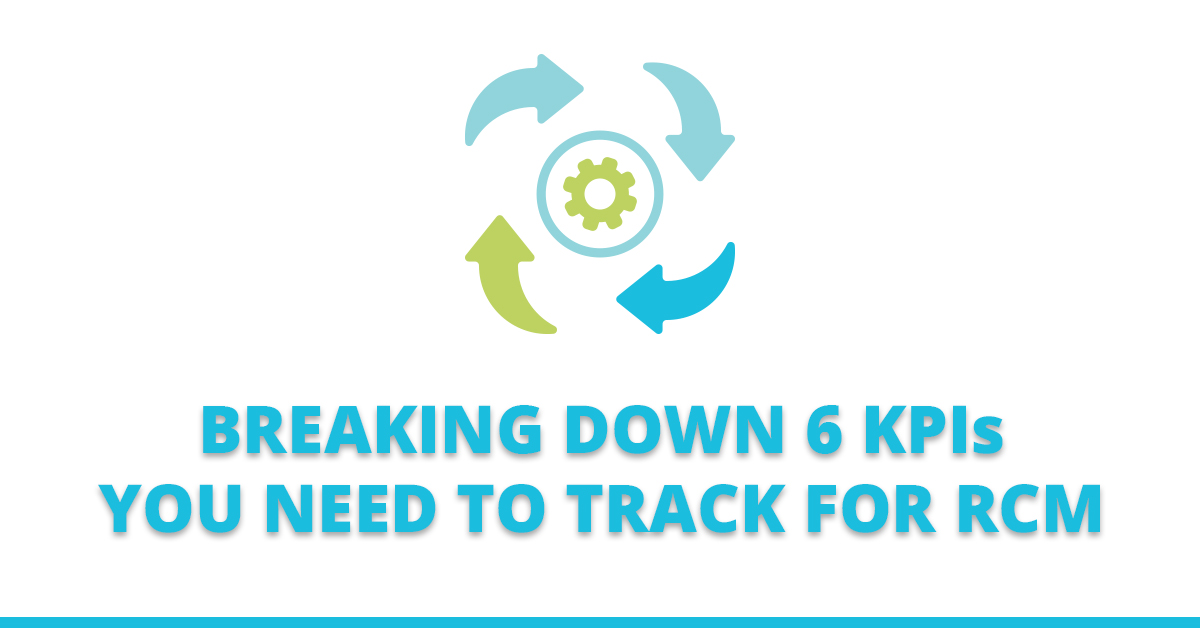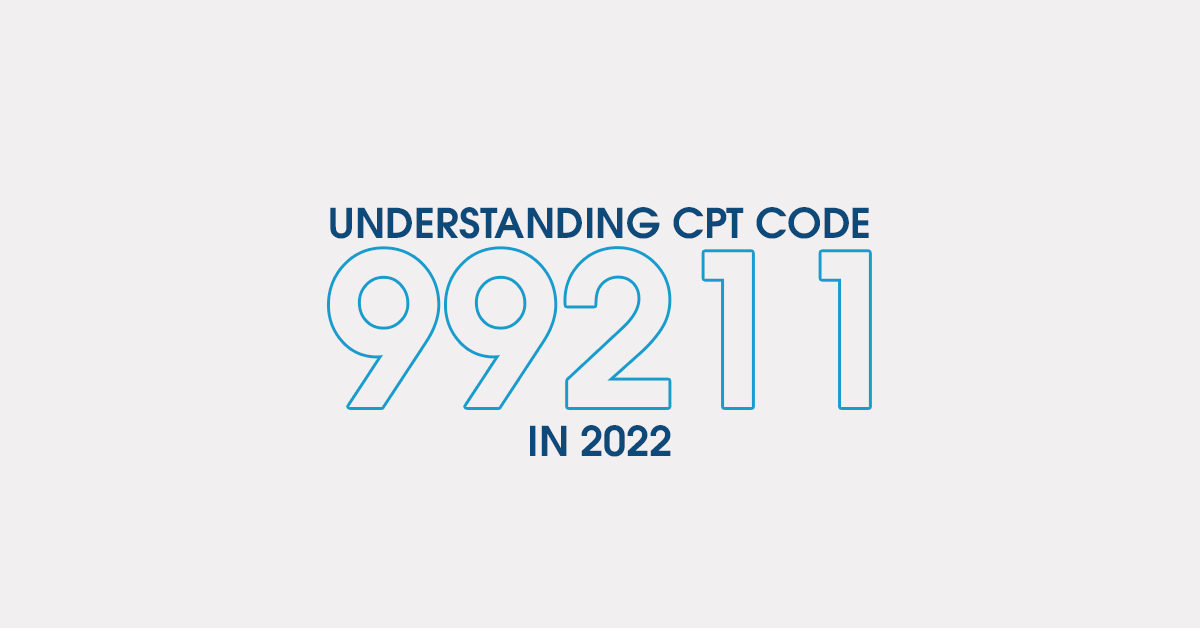A paper intake form requires a patient to answer every question, including their name, date of birth, address, contact information, and medical history, by hand. The process takes much longer than it should, making patients impatient, unhappy, and less likely to come back. In contrast, an online intake form has all the information a patient needs in just a few minutes. It also reduces administrative time and makes the process easier for both you and your patients.
The Need for Hospital Intake Forms in Healthcare
Patient intake forms capture vital information about patients and their medical history. This information can include basic demographics, current medications, and family medical history. These forms may also be used for billing purposes. While the process of collecting and entering this data has evolved over the past several decades, many medical practices still use manual processes.
The major problem with using manual processes for capturing patient information is that they slow down providers’ workflow by adding unnecessary steps, such as data entry, scanning documents for EHRs, and practice management software. Patients also tend to take longer to get in and out of the practice. They are less satisfied with their overall experience.
Read on to learn more about the advantages of electronic forms for your practice, and how to improve the patient experience with the help of digital intake forms.
- Automated Text Reminders Reduce No-Shows
Automated text reminders for physicians to patients have a proven track record of reducing no-shows on hospital intake forms. As the average American checks their cell phone 96 times a day, they offer the highest chance of being seen. This type of reminder has the added advantage of achieving immediate attention. Since patients rarely answer the phone, a text is more likely to get their attention.
As a result, SMS reminders for physicians sent to patients are the most effective way to decrease no-show rates.
While there are many benefits of text reminders for physicians, they also pose a serious challenge. The inefficient use of resources can lead to long hold times, which is detrimental to patient retention. Additionally, manually sending out reminders is a major burden for your staff. Automated text reminders ensure consistent outreach and free up staff for other tasks. A study found that automated text message reminders reduce no-shows by 40%.
With Precision Hub’s advanced data-powered solutions, automated text reminders for physicians are predictive and effective in reducing no-shows on intake forms. While people can forget about their appointments, no-shows on hospital intake forms are a common, universal problem. These no-shows cost both time and money. In fact, according to research, up to 42% of scheduled appointments end in no-shows. That’s a staggering 14% loss in revenue.
An automated text messaging platform integrates with your EHR (Electronic Health Record) and predicts the preferences of your patients. It can send the appropriate number of text messages to patients, helping you reduce no-show rates on digital intake forms. Furthermore, it integrates with all major EHRs and allows physicians to send hospital intake forms through digital channels. Not only does this make patient intake forms easier to fill out, but also improves patient attendance.
Automated text reminders are effective for increasing practice revenue and reducing no-shows on hospital intake forms. By using automated text reminders, you can send patients an appointment reminder as far in advance as eight weeks before the scheduled date. With an automated text reminder, patients have ample time to cancel or reschedule. As a result, no-shows on digital intake forms decrease, allowing you to optimize your practice’s time and maximize revenues.
- Conditional Logic Leads a Patient to the Right Forms
A healthcare provider needs different information from males and females for different types of medical procedures. Consequently, forcing all patients through the same workflow creates a redundant process and leads to incomplete information for providers. Conditional logic enables the solution to funnel patients through the necessary forms based on their needs. It also saves staff from the burden of sifting through irrelevant information.
With the help of conditional logic, a physician can easily guide a patient to the right hospital intake forms. A doctor can customize these forms to suit the needs of each patient so that they can give the best care possible. By making the forms more personalized, a physician can reduce the possibility of errors and enhance the patient experience.
Today, healthcare software and medical solution sets include digital patient intake forms, which help reduce the burden of filling out forms manually for patients. The software uses conditional logic to lead a patient to the right form in the right order. It also allows patients to fill out forms during one session and save them for later use. The forms can be completed on different devices and saved to the host system.
Using conditional logic to guide a patient to the right hospital intake forms is essential to improving the overall patient experience. This method enables organizations to streamline complicated processes by hiding optional tasks until they’re needed. Furthermore, it encourages teams to avoid shortcuts by only showing them the information they need.
- Quality Controls Ensure Patient Data is Complete
A key factor in ensuring patient data accuracy when creating digital intake forms is the use of electronic forms. In addition to ensuring that the form is error-free, electronic forms also allow you to set required fields to prevent patients from leaving them blank. Whether or not the patient completes the forms is easy to track with conditional logic and formatting fields. This helps you increase throughput and productivity.
- Automated Process Reduces Administrative Time
Healthcare providers are under increasing pressure today, especially because of the labor shortage. While the issue of staff burnout may be of primary concern here, the patient experience cannot be prioritized at the expense of staff satisfaction. With more than half a million people leaving the healthcare industry last year, healthcare organizations must prioritize the employee experience while improving the patient experience. Automation, or digital health solutions, can help reduce administrative time and improve staff morale.
An automated patient intake form handles every aspect of the patient complaint, from the initial question to the final response, seamlessly transitioning from one question to the next. A patient usually books an appointment and then is sent a secure patient intake link by email. The patient is then asked to enter their contact information, including the type of illness they have and its associated cause. This information is vital to a meaningful interaction with the patient, so it is essential that the entire process is smoothly streamlined.
The next step is to determine which processes can be automated. A workflow map shows the process flow and defines the steps that occur in a process. The steps are generally represented as abstract shapes connected by arrows that indicate the direction of flow. The first step is to identify the start and endpoints. The endpoints of the workflow may be events or tasks. The end result could be a phone call or scanning and sharing of a form.
The process of entering patient information can be made easier if the forms are filled out digitally. Patients can enter problems or details of their illness, and the form automatically syncs with the EHR. This method helps improve patient satisfaction and patient care because it frees staff from manual data entry. Whether the patient fills out a digital form at home or fills out an online form, the information collected is automatically synced to the EHR.
See Also: How To Improve The Patient Registration Process To Enhance Patient Experience
The Bottom Line
Healthcare facility intake forms are important because they allow your physicians to learn more about their clients. What’s more, they can also save your clients’ time. This is important if your practice wants to improve overall customer satisfaction.
An online patient intake form is a secure, paperless way to collect sensitive health information. It collects personal details, medical history, and payment information. It also saves staff time by eliminating the need for paper forms. The information you collect on these forms should be simple enough to complete without overwhelming your patients.
In addition to saving time, electronic patient intake forms allow patients to provide their information when they want to, on their own. By using an electronic form, patients can record health histories and medications anytime and anywhere. Additionally, the process eliminates the need for paper forms at the reception desk. Patients can use their preferred devices to complete the forms, which decreases waiting time and reduces no-shows.
If you are looking to improve operational efficiency and reduce administrative costs for your practice, Precision Hub offers next-generation healthcare solutions to help you meet your revenue and compliance targets. For more information on our cost-saving automation and software integrations, visit our website for more details.
















